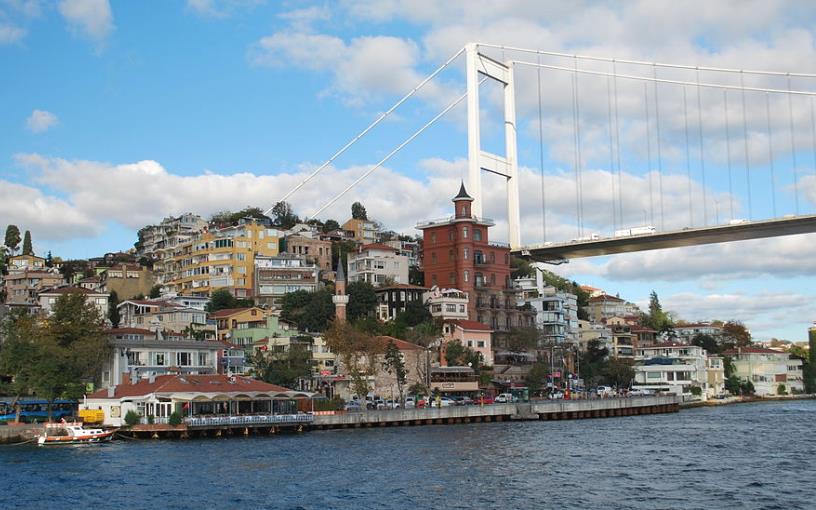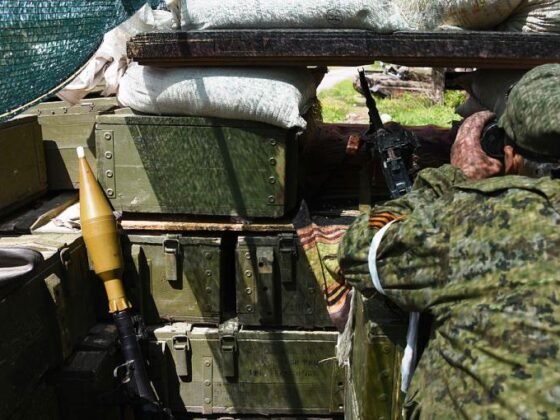(Journal of Eurasian Studies) Russia’s approach to alignment and regional integration has evolved dramatically—from a focus on the West and disinterest and neglect of regional integration in the 1990s, to vigorous efforts to reintegrate the post-Soviet space under Russian leadership in the period between 2009 and 2014, to forming a “Greater Eurasia” that transcends the post-Soviet space and includes China and other non-Western powers (such as Turkey, India, and Iran) today. Status concerns are key to understanding this evolution in policy and vision as a declining Russia struggles to avoid losing great power status. Russia initially eschewed its relationships with post-Soviet states in favor of integration with Europe and the West, which seemed to offer greater status gains. When Russia failed to find a place in the Western liberal order and “Greater Europe” commensurate with its status aspirations, it shifted its attention to regional integration of the post-Soviet space, believing this would make Russia, in the words of President Putin, “one of the poles in a future multipolar world.” However, integrating the post-Soviet space proved to be an arduous task (that failed miserably in Ukraine) and did not yield the status gains Russia hoped for. The scope of Eurasian integration has now shifted to the formation of a “Greater Eurasia,” as Russia looks to gain status through its association with more dynamic rising and emerging powers.
Read More © Journal of Eurasian Studies











